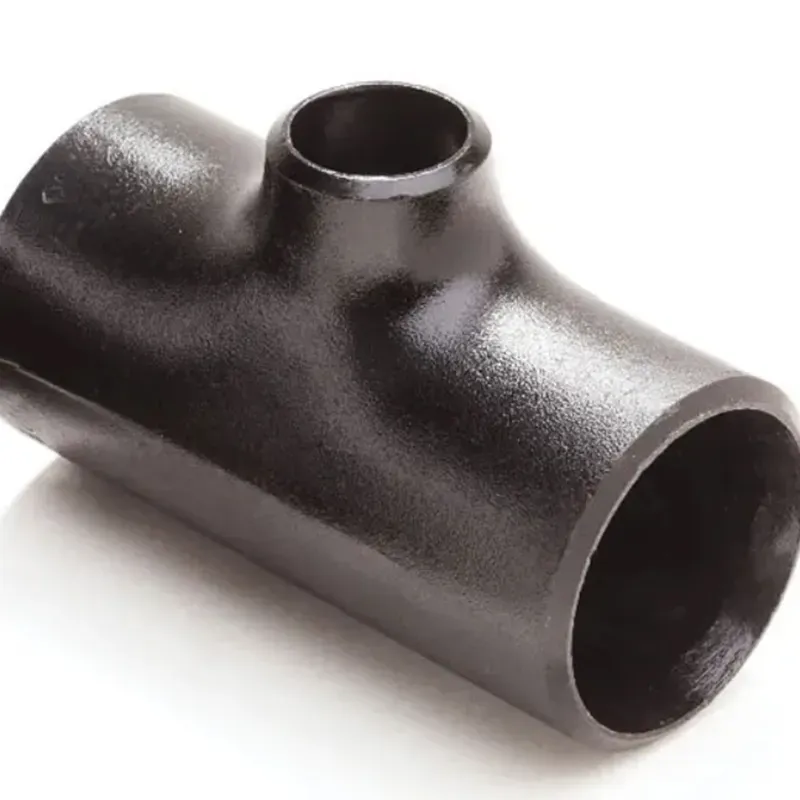-
Cangzhou Yulong Steel Co., Ltd.
-
Phone:
+86 13303177267 -
Email:
admin@ylsteelfittings.com
- English
- Arabic
- Italian
- Spanish
- Portuguese
- German
- kazakh
- Persian
- Greek
- French
- Russian
- Polish
- Thai
- Indonesian
- Vietnamese
- Zulu
- Korean
- Uzbek
- Hindi
- Serbian
- Malay
- Ukrainian
- Gujarati
- Haitian Creole
- hausa
- hawaiian
- Hebrew
- Miao
- Hungarian
- Icelandic
- igbo
- irish
- Japanese
- Javanese
- Kannada
- Khmer
- Rwandese
- Afrikaans
- Albanian
- Amharic
- Armenian
- Azerbaijani
- Basque
- Belarusian
- Bengali
- Bosnian
- Bulgarian
- Catalan
- Cebuano
- China
- China (Taiwan)
- Corsican
- Croatian
- Czech
- Danish
- Esperanto
- Estonian
- Finnish
- Frisian
- Galician
- Georgian
- Kurdish
- Kyrgyz
- Lao
- Latin
- Latvian
- Lithuanian
- Luxembourgish
- Macedonian
- Malgashi
- Malayalam
- Maltese
- Maori
- Marathi
- Mongolian
- Myanmar
- Nepali
- Norwegian
- Norwegian
- Occitan
- Pashto
- Dutch
- Punjabi
- Romanian
- Samoan
- Scottish Gaelic
- Sesotho
- Shona
- Sindhi
- Sinhala
- Slovak
- Slovenian
- Somali
- Sundanese
- Swahili
- Swedish
- Tagalog
- Tajik
- Tamil
- Tatar
- Telugu
- Turkish
- Turkmen
- Urdu
- Uighur
- Welsh
- Bantu
- Yiddish
- Yoruba

Nov . 28, 2024 06:14 Back to list
A Comprehensive Guide to ANSI Class Flanges and Their Applications
Understanding ANSI Class Flanges
Flanges are mechanical components used to connect pipes, valves, pumps, and other equipment in various industrial applications. They provide a strong, reliable joint that can withstand high pressure and temperature, making them crucial for maintaining the integrity of piping systems. Among the different types of flanges, ANSI class flanges are widely used due to their standardized sizes and pressure ratings.
What are ANSI Class Flanges?
ANSI, which stands for the American National Standards Institute, establishes the criteria for a wide range of industrial components, including flanges. ANSI class flanges are classified according to their pressure-bearing capacity, measured in pounds per square inch (psi). The classification system typically includes several pressure ratings, such as 150, 300, 400, 600, 900, 1500, and 2500. These ratings indicate the maximum allowable working pressure (MAWP) for the flange at a specific temperature.
The ANSI class classification system is crucial because it helps manufacturers and engineers choose the right flanges for their applications, ensuring safety and efficiency. A high-pressure application would require a flange with a higher pressure rating to prevent failures or leaks.
Dimensions and Material Specifications
ANSI class flanges are defined not only by their pressure ratings but also by their dimensions. The most commonly used ANSI flange specifications are provided in the ASME B16.5 standard, which outlines the dimensions for flanges ranging from 1/2 inch to 24 inches in diameter. The standard also includes information about the various types of flanges such as slip-on, weld neck, blind, and socket weld flanges.
Material selection is another critical aspect of ANSI class flanges. They can be manufactured from various materials, including carbon steel, stainless steel, and alloy steel. The choice of material depends on the application, operating environment, and fluid being transported. For instance, stainless steel flanges are favored for corrosive environments, while carbon steel is often used for general applications.
Types of ANSI Class Flanges
There are several types of ANSI class flanges, each designed for specific applications
ansi class flanges

1. Slip-On Flange This flange type slips over the end of the pipe and is welded in place, making it easy to install. It is commonly used in low-pressure applications.
2. Weld Neck Flange This flange features a long tapered neck that provides excellent stress distribution. It is ideal for high-pressure applications and is usually welded to the pipe.
3. Blind Flange A blind flange is used to close the end of a piping system. It is essential for applications requiring future modifications or maintenance.
4. Socket Weld Flange This type is used in smaller diameters and is designed to be welded to the pipe. It is often utilized in high-pressure systems.
5. Lap Joint Flange This flange is used in conjunction with a stub end and allows for easy disassembly, making it suitable for systems that require frequent maintenance.
Applications of ANSI Class Flanges
ANSI class flanges are found in a wide range of industries, including oil and gas, water treatment, chemical manufacturing, and power generation. Their ability to withstand high pressures and temperatures makes them ideal for critical applications where safety is paramount.
In the oil and gas sector, ANSI class flanges are essential for connecting pipelines that transport crude oil, natural gas, and other hazardous materials. In water treatment facilities, they are used to connect various components of the system, ensuring efficient operation and minimal downtime.
Conclusion
ANSI class flanges play a vital role in industrial piping systems, providing reliable connections that maintain system integrity under varying pressures and temperatures. Understanding the different types, specifications, and applications of ANSI class flanges is crucial for engineers and manufacturers working in numerous industries. By selecting the appropriate flange type and material, professionals can ensure the safety and efficiency of their piping systems, ultimately contributing to the success of their operations.
Latest news
-
ANSI 150P SS304 SO FLANGE
NewsFeb.14,2025
-
ASTM A333GR6 STEEL PIPE
NewsJan.20,2025
-
ANSI B16.5 WELDING NECK FLANGE
NewsJan.15,2026
-
ANSI B16.5 SLIP-ON FLANGE
NewsApr.19,2024
-
SABS 1123 FLANGE
NewsJan.15,2025
-
DIN86044 PLATE FLANGE
NewsApr.19,2024
-
DIN2527 BLIND FLANGE
NewsApr.12,2024
-
JIS B2311 Butt-Welding Fittings LR/SR 45°/90° /180°Seamless/Weld
NewsApr.23,2024











